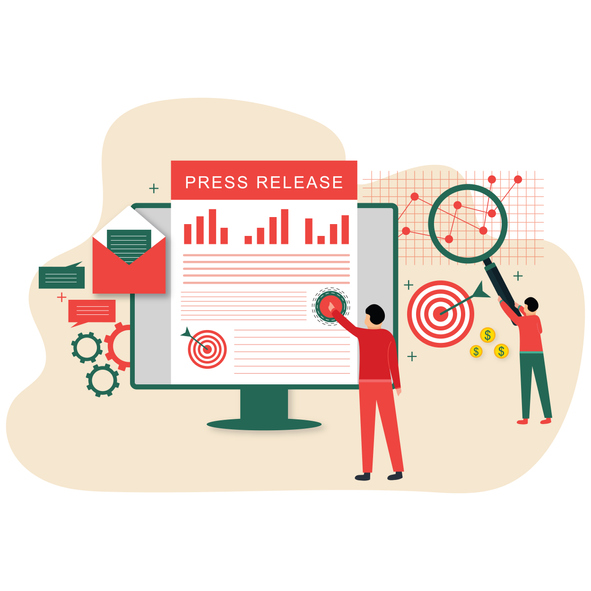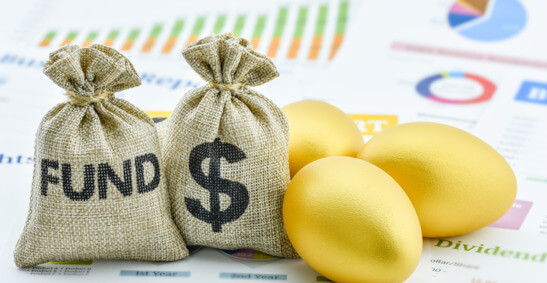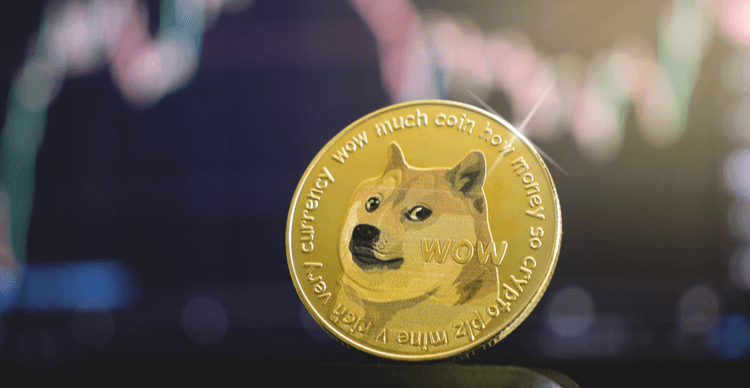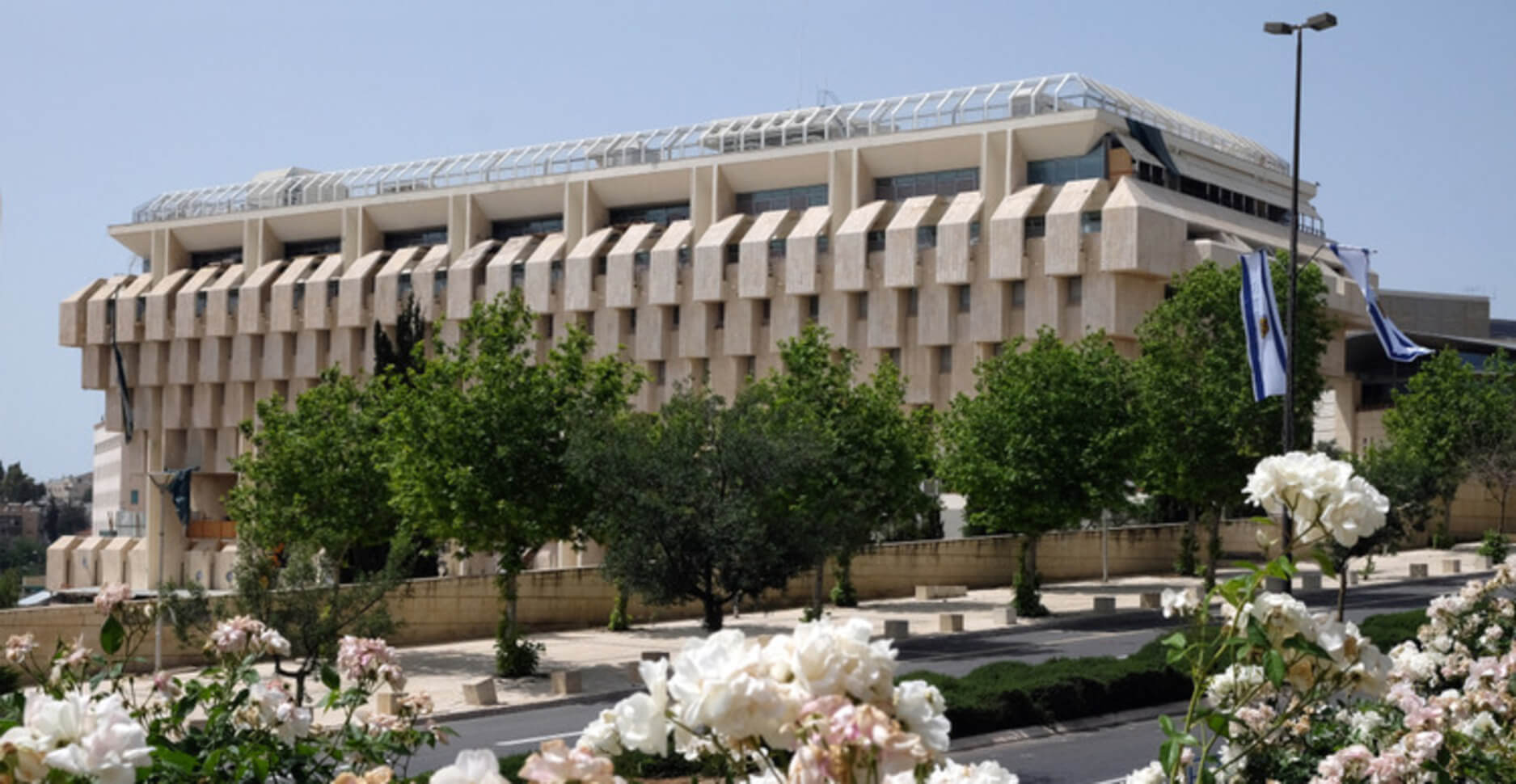In the fast-paced world of social media, posting at the right time can be the difference between a post that soars and one that falls flat. With ever-evolving algorithms and shifting user behaviors, knowing the best times to post on social media in 2024 is crucial for maximizing engagement and reaching your audience effectively. This guide explores optimal posting times across major platforms, best practices for scheduling, and tips for adapting to changing trends.
1. Introduction
Overview of Social Media Posting Timeliness
Timing is a critical element of social media strategy. Posting when your audience is most active can significantly boost visibility, engagement, and overall performance. In 2024, social media algorithms and user behaviors continue to evolve, making it essential to stay updated on the latest trends to optimize your posting schedule.
What’s New in 2024
This year, social media platforms are focusing more on personalized content and real-time interactions. With advancements in AI and machine learning, algorithms are becoming more sophisticated in predicting user preferences and engagement patterns. Understanding these changes can help you refine your posting strategies for better results.
2. Understanding Social Media Algorithms
How Algorithms Affect Post Visibility
Social media algorithms prioritize content based on various factors, including user engagement, relevance, and recency. Posts that receive high engagement shortly after being published are more likely to be shown to a broader audience. By posting at times when your audience is most active, you increase the chances of your content being seen and interacted with.
The Impact of Posting Times on Algorithm Performance
Optimal posting times can enhance your content’s performance by ensuring it reaches users when they are most likely to engage. This can lead to higher engagement rates, improved visibility, and better overall results for your social media campaigns.
3. Platform-Specific Best Times to Post
On Facebook, engagement typically peaks in the early afternoon. For 2024, the best times to post are:
- Weekdays: 1 PM to 3 PM
- Weekends: 12 PM to 1 PM
These times align with when users are likely taking breaks or checking their feeds during lunch hours. Facebook's algorithm also favors posts that generate quick interactions.
Instagram engagement varies by content type. For optimal results:
- Posts: 9 AM to 11 AM and 2 PM to 4 PM
- Stories: 10 AM to 12 PM and 6 PM to 8 PM
- Reels: 7 PM to 9 PM
These times reflect peak periods when users are scrolling through their feeds and engaging with content. Instagram’s algorithm promotes content that garners engagement soon after posting.
Twitter users are highly active throughout the day. The best times to tweet are:
- Weekdays: 8 AM to 10 AM and 6 PM to 9 PM
- Weekends: 11 AM to 1 PM
These times correspond with when users are checking updates and news during their commute or breaks.
For professional content on LinkedIn, timing is crucial:
- Weekdays: 8 AM to 10 AM and 4 PM to 6 PM
These times align with typical work hours and when professionals are most likely to engage with industry-related content.
TikTok
TikTok engagement thrives on trend-based content. For 2024, consider posting:
- Weekdays: 10 AM to 12 PM and 7 PM to 9 PM
- Weekends: 11 AM to 1 PM and 8 PM to 10 PM
These times capture users during breaks and leisure periods, increasing the likelihood of viral interactions.
4. General Best Practices for Timing Your Posts
Analyzing Audience Behavior
To determine the best times for your specific audience, utilize analytics tools provided by social media platforms or third-party services like Google Analytics and Hootsuite. These tools can reveal when your followers are most active and engaging with your content.
Testing and Refining Your Posting Schedule
Conduct A/B testing to experiment with different posting times and measure their impact on engagement. Adjust your schedule based on the results to optimize your posting strategy. Regularly review performance data to keep your schedule aligned with audience behavior.
5. Using Analytics to Determine Optimal Times
Social Media Analytics Tools
Leverage analytics tools to track engagement metrics and identify peak times. Platforms like Facebook Insights, Instagram Analytics, and Twitter Analytics offer valuable data on user interactions and activity patterns. Use these insights to refine your posting strategy.
Interpreting Data for Time-Based Strategies
Analyze engagement data to understand which times and types of content perform best. Look for patterns in your metrics to adjust your posting schedule accordingly. Focus on optimizing times that lead to higher engagement rates and better content visibility.
6. Adjusting for Different Time Zones
Global vs. Local Audiences
If your audience spans multiple time zones, create a posting schedule that accommodates different regions. For global brands, consider using scheduling tools to automate posts across time zones and ensure consistent visibility for all audience segments.
Scheduling Tools
Use tools like Buffer, Hootsuite, and Sprout Social to manage your posting schedule across different time zones. These tools allow you to plan and automate posts, ensuring they reach your audience at optimal times regardless of location.
7. Influences of Holidays and Special Events
Impact of Seasonal Trends on Engagement
Holidays and special events can significantly impact social media activity. Users are more likely to engage with content related to these events, so adjust your posting schedule and content to align with seasonal trends and key dates.
Planning Posts Around Key Dates
Create a content calendar that includes major holidays, industry events, and relevant observances. Plan and schedule posts in advance to capitalize on increased engagement during these periods. Tailor your content to resonate with the themes of these events.
8. Adapting to Changes in User Behavior
Monitoring Shifts in Engagement Patterns
User behavior on social media can change rapidly. Stay updated with evolving trends and user habits to adjust your posting strategy effectively. Regularly review analytics to identify any shifts in engagement patterns and adapt accordingly.
Flexibility in Posting Strategies
Be prepared to adjust your posting times based on real-time data and emerging trends. Flexibility in your strategy allows you to respond to changes in user behavior and maintain optimal engagement levels.
9. Best Practices for Scheduling and Consistency
Maintaining a Consistent Posting Schedule
Consistency is key to maintaining audience engagement. Develop a regular posting schedule that aligns with optimal times and stick to it. Consistent posting helps keep your brand top-of-mind and fosters a reliable presence on social media.
Avoiding Overposting and Underposting
Balance is crucial when scheduling posts. Overposting can overwhelm your audience, while underposting can lead to decreased visibility. Find the right frequency to keep your audience engaged without overwhelming them.
Summary of Key Points
Optimal posting times are essential for maximizing social media engagement. By understanding platform-specific trends, analyzing audience behavior, and leveraging analytics tools, you can create an effective posting schedule. Adjusting for time zones, seasonal trends, and user behavior will further enhance your social media strategy.
Future Considerations
Stay informed about evolving social media trends and algorithms to continuously refine your posting strategy. Adapt to changes in user behavior and platform updates to maintain a competitive edge and drive better engagement.
FAQ
1. What are the best times to post on social media in 2024?
In 2024, optimal posting times vary by platform:
- Facebook: Weekdays 1 PM to 3 PM; Weekends 12 PM to 1 PM
- Instagram: Posts 9 AM to 11 AM and 2 PM to 4 PM; Stories 10 AM to 12 PM and 6 PM to 8 PM; Reels 7 PM to 9 PM
- Twitter: Weekdays 8 AM to 10 AM and 6 PM to 9 PM; Weekends 11 AM to 1 PM
- LinkedIn: Weekdays 8 AM to 10 AM and 4 PM to 6 PM
- TikTok: Weekdays 10 AM to 12 PM and 7 PM to 9 PM; Weekends 11 AM to 1 PM and 8 PM to 10 PM
2. How can I find the best times to post for my specific audience?
Use analytics tools provided by social media platforms or third-party services like Google Analytics and Hootsuite to analyze your audience’s activity patterns. Conduct A/B testing to determine the most effective posting times based on engagement data.
3. What tools can help with scheduling posts across different time zones?
Tools like Buffer, Hootsuite, and Sprout Social can help automate and schedule posts across various time zones. These tools ensure your content reaches your global audience at optimal times.
4. How do holidays and special events affect social media engagement?
Holidays and special events can boost social media engagement as users interact more with content related to these occasions. Plan and schedule posts around key dates to capitalize on increased activity and align your content with seasonal trends.
5. What are some common mistakes to avoid when scheduling social media posts?
Common mistakes include overposting, which can overwhelm your audience, and underposting, which can reduce visibility. Ensure a balanced posting schedule, avoid neglecting data analysis, and stay adaptable to changes in user behavior and platform algorithms.
Get in Touch
Website – www.webinfomatrix.com
Mobile - +91 9212306116
Whatsapp – https://call.whatsapp.com/voice/9rqVJyqSNMhpdFkKPZGYKj
Skype – shalabh.mishra
Telegram – shalabhmishra
Email - info@webinfomatrix.com

.jpg)







 English (US) ·
English (US) ·